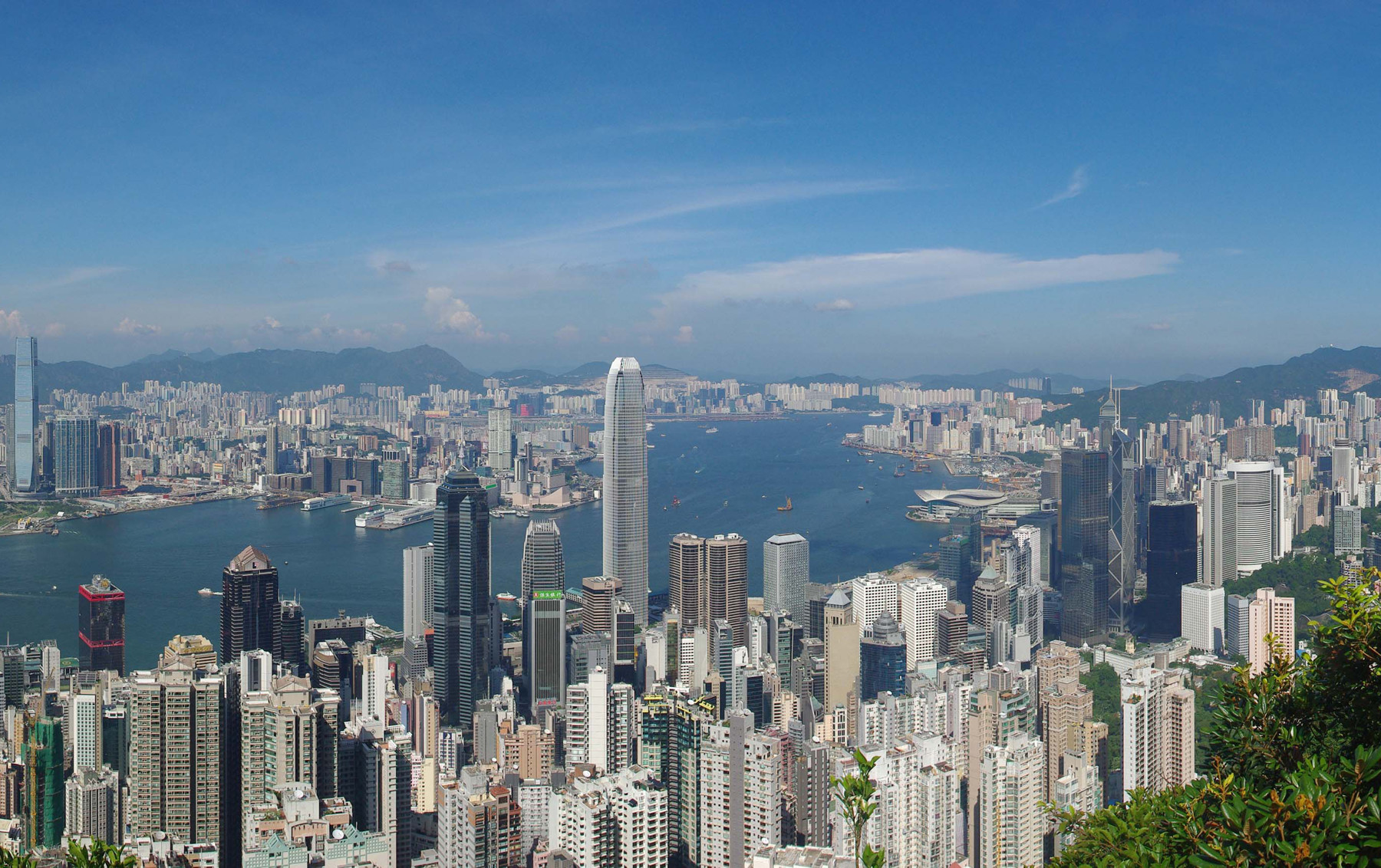Estimated reading time: 4 min
The modern architect faces many constraints; spatial, financial, even political. They also often have to deal with accusations of egotism. And while it’s true that there are many examples of architecture around the world that appear to have been driven by self-interest, it’s important to remember the positive impact good architecture can have, particularly in the development of communities and the creation of the cities of tomorrow. This article will focus on the rapid growth of Hong Kong but with an emphasis on a crucial underground project rather than one concerning the plethora of skyscrapers with which it has become synonymous.
The Cross-Harbour Tunnel
Pioneering projects such as the Cross-Harbour Tunnel are proof that when design is put at the service of the public good, it can single-handedly have a beneficial effect on the living habits of a community. Prior to the opening of the Cross-Harbour Tunnel in 1972, the only way for thousands of Hong Kongers to commute between Kowloon and Hong Kong Island was by ferry. The introduction of this 1.8km long tunnel (the first in Hong Kong to be built underwater) connected the main financial and commercial districts on both sides of the picturesque Victoria Harbour significantly reducing the time for commuters.
The Cross-Harbour Tunnel also marked the beginning of the revitalization of residential neighbourhoods and commercial districts as well as of the growing public satisfaction with the infrastructure of Hong Kong. Efficient transportation was necessary for a city that grew from four million inhabitants in 1971 to over 7 million in 2011, particularly one with an overall density of 6,300 per square kilometre.
 Victoria Harbour, Hong Kong following the construction of the Cross-Harbour Tunnel (1972)
Victoria Harbour, Hong Kong following the construction of the Cross-Harbour Tunnel (1972)
Changing the urban landscape
During the period in which this project was commissioned, the 25th Governor of Hong Kong (1971-82), Sir Murray MacLehose, undertook a series of reforms in the housing, welfare and infrastructure of the city. Although this does not in itself explain why the Cross-Harbour Tunnel became such an iconic piece of infrastructure, it shows that when political willingness is allied with architectural imagination, a project can come along that truly makes a difference to the urban landscape of a city.
 Then and now: the Cross-Harbour Tunnel in Hong Kong
Then and now: the Cross-Harbour Tunnel in Hong Kong
It became clear that the city was in urgent need of such project as it quickly became one of the busiest four lane roads in the world after its inauguration. What made the difference was that the architects involved were not afraid of taking the responsibility of designing a long-term project with serious social implications.
As of late 2015, the Cross-Harbour Tunnel was used by an average of 115,200 vehicles daily in contrast with 29,600 by the end of its first year open in 1972. It’s safe to say the Tunnel has established itself as fundamental to the development of modern Hong Kong. Two other vehicular harbour crossings would follow: Eastern Harbour Crossing, opened in 1989, and the Western harbour Crossing, opened in 1997. Nowadays, there is a complex network of buses, minibuses, taxis, trains, subways and trains that together make for an exemplary transport system that did not exist when construction of the Cross-Harbour Tunnel began.
 An improved transport system has led to exponential growth in this high-income city
An improved transport system has led to exponential growth in this high-income city
Functionality over ego
In an era where the term “starchitects” is still used accusingly, it is refreshing to remember that architectures functionality can still supersede aesthetics. The Cross-Harbour Tunnel is not only an iconic part of the transformation of modern Hong Kong, it is also a testament to the importance of architectural vision in periods of fast-paced urbanisation.
RMJM Hong Kong Ltd worked on the Hong Kong Cross-Harbour Tunnel alongside Brian Clouston & Partners, Taywood Engineering Ltd, Consultants in Environmental Services (Asia) Ltd and MVA Consultancy.
Header image courtesy of Clément Bucco-Lechat under license CC BY-SA 3.0


